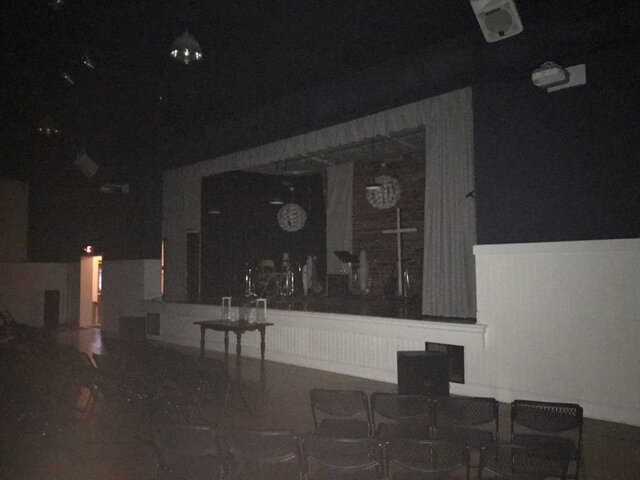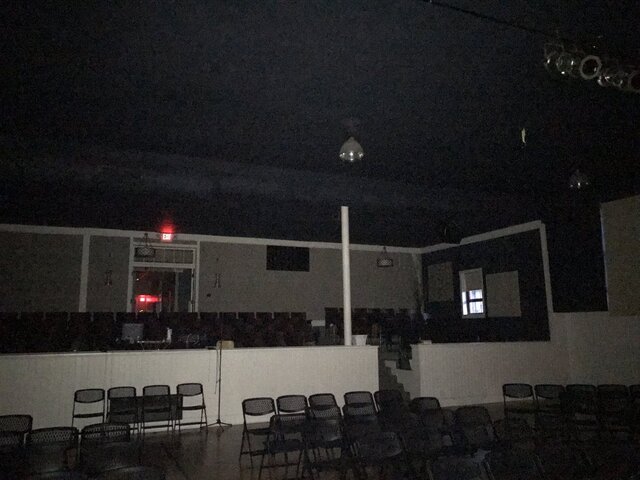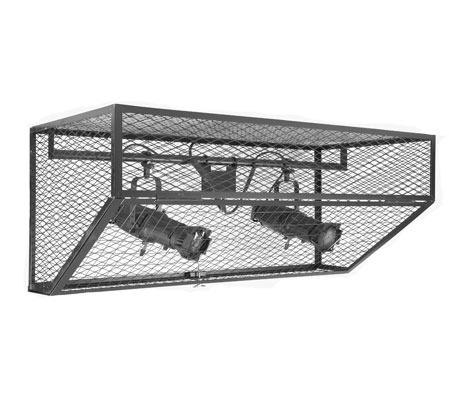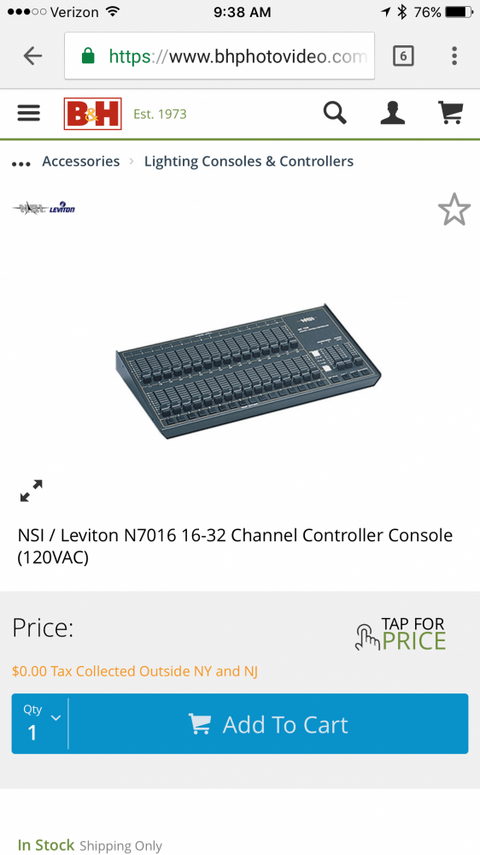Kendall E
Member
Hey all,
I'm looking to re-do the front lighting for our stage and am seeking advice.
We worship in a gym which has the stage on one of the long walls about 4 feet off the ground. The gym floor has seating, then there is a small section of bleacher seating opposite the stage, only about 7 rows up.
I'd like to house lighting behind the bleacher seats as opposed to above the gym floor. For a gym, the ceiling is quite low, and we do use at as a gym during the week...and I constantly have to readjust and fix the old cans we gave up there. (We also had a lamp go nova and burst a few weeks ago, and a couple small pieces of glass fell molten hot to the floor. Thankfully, No one was hurt.)
So here is my basic scenario. I'm now gun shy to house incandescent lights above people. I also would like to put lights outside the path of basketball flight.
The ceiling and back wall behind the bleachers is about 60 feet away from the stage, and 15 feet above stage level. The area of stage to be lit is about 25 feet wide.
Is there a good recommendation for fixtures to use at that distance and pitch? I assume I will need narrow light to throw that far? Possibly ellipsoidals? Any direction would be appropriate. And, as always, budget is a concern for us.
--The second pic is taken from stage level.
I'm looking to re-do the front lighting for our stage and am seeking advice.
We worship in a gym which has the stage on one of the long walls about 4 feet off the ground. The gym floor has seating, then there is a small section of bleacher seating opposite the stage, only about 7 rows up.
I'd like to house lighting behind the bleacher seats as opposed to above the gym floor. For a gym, the ceiling is quite low, and we do use at as a gym during the week...and I constantly have to readjust and fix the old cans we gave up there. (We also had a lamp go nova and burst a few weeks ago, and a couple small pieces of glass fell molten hot to the floor. Thankfully, No one was hurt.)
So here is my basic scenario. I'm now gun shy to house incandescent lights above people. I also would like to put lights outside the path of basketball flight.
The ceiling and back wall behind the bleachers is about 60 feet away from the stage, and 15 feet above stage level. The area of stage to be lit is about 25 feet wide.
Is there a good recommendation for fixtures to use at that distance and pitch? I assume I will need narrow light to throw that far? Possibly ellipsoidals? Any direction would be appropriate. And, as always, budget is a concern for us.
--The second pic is taken from stage level.
Attachments
Last edited:






